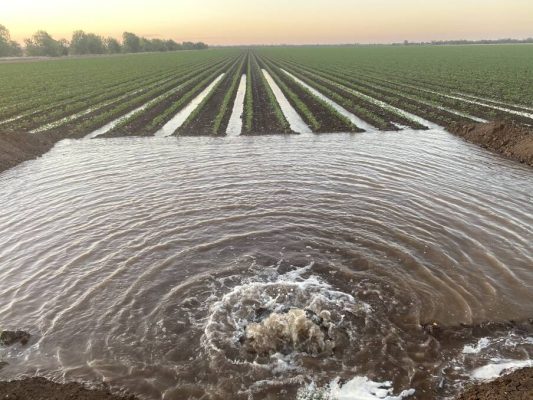The fashion industry is a global phenomenon, with people all over the world consuming vast amounts of clothing and textiles. However, the production of these items comes at a significant environmental cost, particularly in terms of water resources.
Water Pollution: A Toxic Threat
One of the most pressing issues is the pollution of waterways caused by textile making. The dyeing and finishing processes used to treat fabrics often involve the use of dangerous chemicals, including dyes, bleaches, and finishing agents. When these untreated wastewater are released into rivers, lakes, and streams, they can have devastating consequences for aquatic ecosystems.
These pollutants can poison fish and other aquatic life, disrupt food chains, and even contaminate drinking water sources. In addition, the chemicals can accumulate in sediments, so they pose a long-term threat to the health of waterways.
Water Depletion: A Scarce Resource
The textile industry also contributes to water depletion, particularly in regions where water is scarce. Cotton, the most common natural fiber used in clothing, is a water-intensive crop and requires significant amounts of irrigation to grow.
This can lead to the depletion of groundwater resources and put a strain on local water supplies. In some cases, cotton farming has even been linked to the desertification of land.
Sustainable Practices in the Textile Industry
The environmental impact of the textile industry is a complex issue that requires a multifaceted approach to address. However, there are several key steps that can be taken to reduce the industry is footprint on water resources:
- Adopting sustainable production methods: Textile manufacturers can switch to eco-friendly dyeing and finishing techniques that use less water and fewer hazardous chemicals.
- Improving wastewater treatment: Investing in effective wastewater treatment systems can help to remove pollutants from wastewater before it is released into the environment.
- Promoting water conservation: Implementing water conservation measures throughout the production process can significantly reduce the industry is water usage.
- Supporting sustainable cotton farming: Encouraging the use of sustainable cotton farming practices, such as drip irrigation and reduced pesticide use, can help to minimize the environmental impact of cotton
Conclution:
About IGREEN TEX
IGREEN TEX is a provider of fashion and textile products, offering a wide range of apparel both domestically and internationally. Our commitment to quality ensures that our products not only meet the highest standards but also promote eco-friendly practices.
IGREEN TEX VIETNAM CO LTD
Address: No. 83, A4 Street, Ward 12, Tan Binh Dist, HCMC
Tax code: 0315844409
Email: info@igreentex.com
WhatsApp/Viber/Zalo: +84938.045.900


